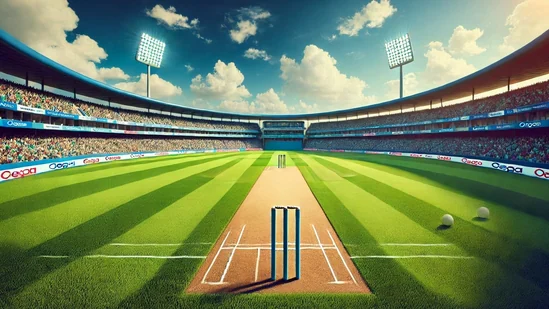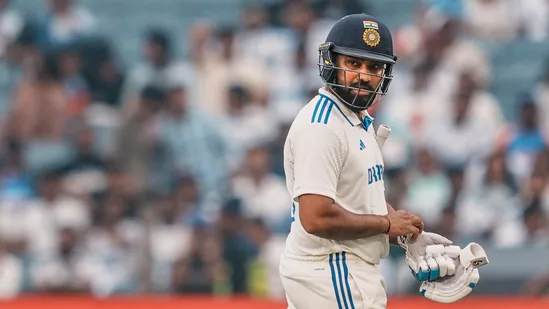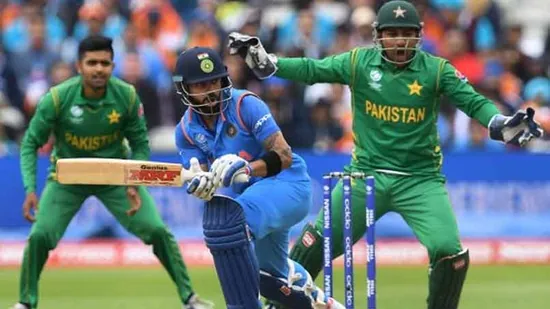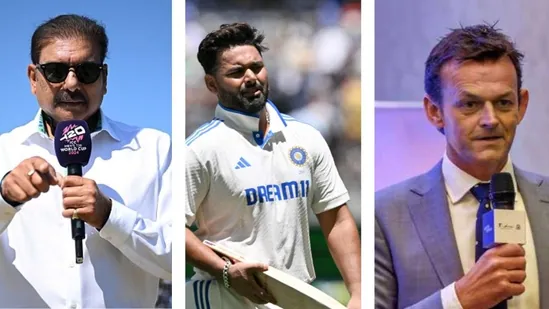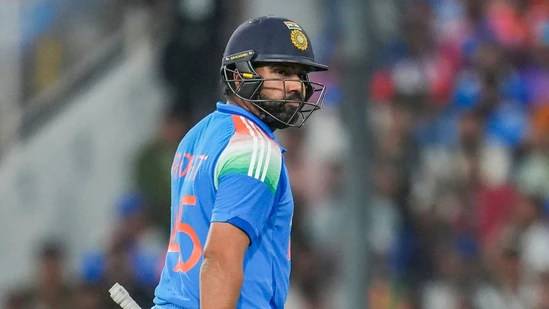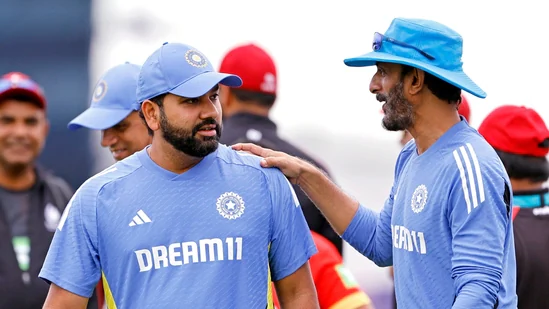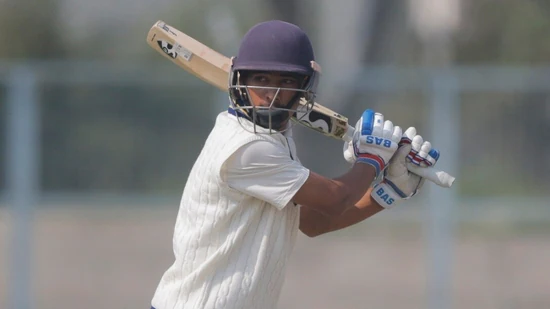Lack of Love for One-day Cricket
Kolkata: On Friday, Sri Lanka and Australia unexpectedly played a one-sided ODI match that was not originally scheduled as part of their tour. Meanwhile, in Karachi, Pakistan and New Zealand competed in the final of a tri-nation series that included South Africa, organized by the Pakistan Cricket Board in a rush towards the end of January. These hastily organized matches were in preparation for the Champions Trophy, once known as the mini World Cup. In a different time, these last-minute scheduling changes would have demonstrated the strength of one-day cricket. Now, it highlights the urgency to adapt to a format that was once the heart of the sport.
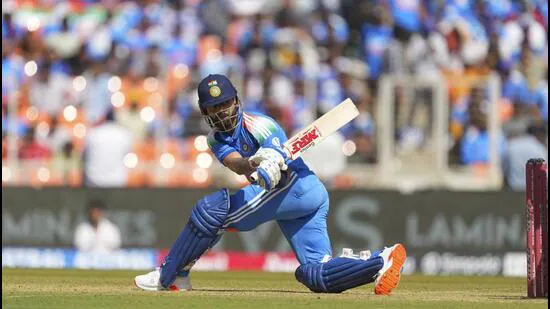
It isn’t anyway finding many takers too. Like England, doggedly pursuing an inexplicable, frustrating urge to entertain at the risk of looking mindless. Australia are currently grappling with a talent exodus that has seen all their frontline fast bowlers withdrawing citing different reasons, Mitchell Marsh being ruled out due to injury and Marcus Stoinis retiring from ODIs after being selected for the Champions Trophy. India, cricket’s self-appointed guardian, are more subtle about expressing their priorities but you don’t have to look beyond their one-day record since the 2023 World Cup final at Ahmedabad—nine ODIs, three each against South Africa, Sri Lanka and England, with the squad for South Africa made up almost entirely of new faces under the captaincy of KL Rahul. Goes without saying, mini World Cups have witnessed longer, grander build-ups in the past.
The ICC has to cop some blame here, fiddling with the schedules, making the Champions Trophy look like almost an afterthought. No two consecutive ODI World Cups were ever the same. The Associates were first embraced but slowly distanced for the sake of relevance. Knockout qualification rules kept changing, an ODI Super League introduced and unceremoniously scrapped, an entire World Cup was scheduled not keeping the game’s demography in mind. Not to forget ridiculous mathematical solutions like the rain rule that almost exclusively had South Africa in its crosshairs.
Even more worrying were the contraptions of law changes to first make the format batter-heavy before trying to even out that imbalance. It became too long and too predictable with boring middle overs, with too many ODIs between mismatched teams, meaningless series without any context while the ICC kept introducing and rescinding corrections. Top teams like India were logging 35-40 ODIs per year, many of them to appease broadcasters who had struck expensive deals with the board.
The format still provided a different charm. The middle overs used to be an opportunity to watch skilled batsmanship. Spinners could wait for the ball to lose shine and start taking turn. Seamers kept nudging the team’s official ball shiner to keep one side gleaming and the other scruffed up and heavy, till the ICC killed reverse-swing by introducing new balls from both ends. Waqar Younis bemoaned it, Sachin Tendulkar called the change “disastrous” and Virat Kohli felt it was “brutal”.
of it seemed to matter anyway because by then the world was smitten by Twenty20. Boundaries were shortened and bats became exceedingly thicker, converting almost every match into a run fest. No confusion in the results too, with ties being decided with different forms of Super Over tie-breakers. The poster child of cricket had arrived, signalling a significant shift of order. Not even the sensationally dramatic 2019 World Cup final, possibly the greatest ever ODI ever played, could alter that narrative.
With time, one-day cricket was shown its place, perhaps most acutely in 2022 when Australia played an ODI series against England only four days after England had won the T20 World Cup. Barely full-strength, England lost all three ODIs, the last by a record 221-run margin at an almost empty MCG. The series was meaningless, and the timing of it even more hapless.
England captain Jos Buttler sought relevance from the guardians of the game, asking them to “take care” of cricket. “Maybe the ICC tournaments should be a little bit more spread out,” he had said. “It gives you a little bit more time to prepare and it makes them probably a bit more special when they do come around as well.”
Buttler’s honesty made no difference, because by then cricket had undergone irreversible structural and organisational changes that had started to reflect at the grassroots level where youngsters were more focused on bagging franchise contracts over national selection.
That in turn made adapting to ODI cricket more arduous, since it demanded more patience, and a greater level of endurance. And T20 had no place for it. That effectively made the gap between T20Is and ODIs greater than it was ever between Tests and ODIs. Exacerbating it was the scheduling of very few matches across the year. Which explains this unfortunate scramble for match time, prompting once again the inevitable question: How much time does one-day cricket have?
ICC Champions Trophy , ICC Champions Trophy Schedule , and Champions Trophy 2025 Points Table – stay ahead with real-time match updates, team standings, and insights. Check live cricket score , player stats, and ICC rankings of top players like Rohit Sharma and Virat Kohli . Get expert analysis, match previews, and in-depth coverage of ICC CT 2025, Pakistan vs New Zealand Live Score and IPL 2025, all on HT Crickit, powered by Hindustan Times – your trusted source for cricket news. .freemium-card h4{color:#fff; padding-bottom:20px;} .freemium-card .freemium-content .subcTxt{padding-bottom:16px; color:#fff;} .freemium-card .freemium-content{width: auto; max-width: inherit;} .freemium-card .freemium-content .subcTxt{max-width:inherit; font-size:18px; padding-top:0; line-height:24px} .freemium-card .btnSubc{margin} .freemium-card .btnSubc a{background:#000; color:#fff; min-width:auto; padding:5px 15px; border-radius:6px; font-size:16px; line-height:22px; font-weight:700;} .freemium-card{height:285px} @media (max-width: 767px) { .freemium-card h4{font-size:28px} .freemium-card .freemium-content{max-width:360px; padding: 20px;} .freemium-card{height:303px; background-position: 100% 0; } }RELATED STORIES
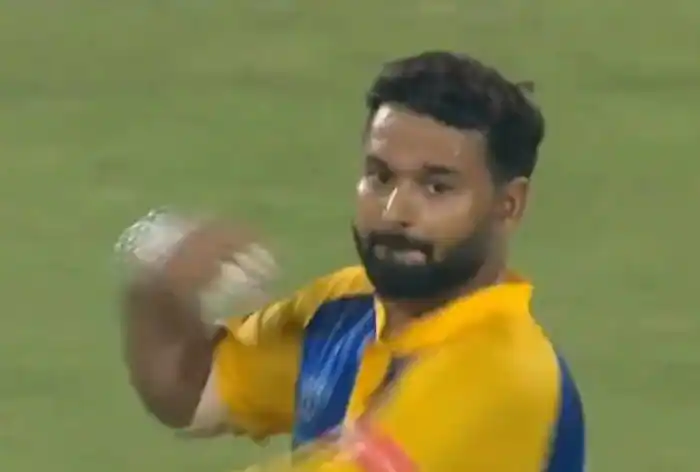
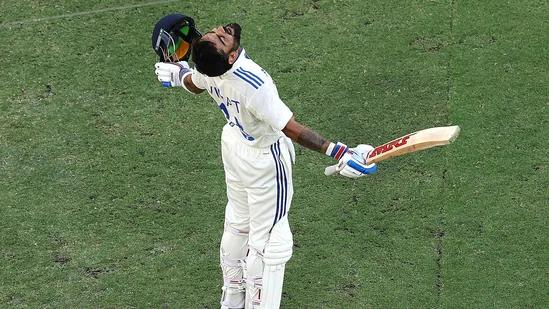

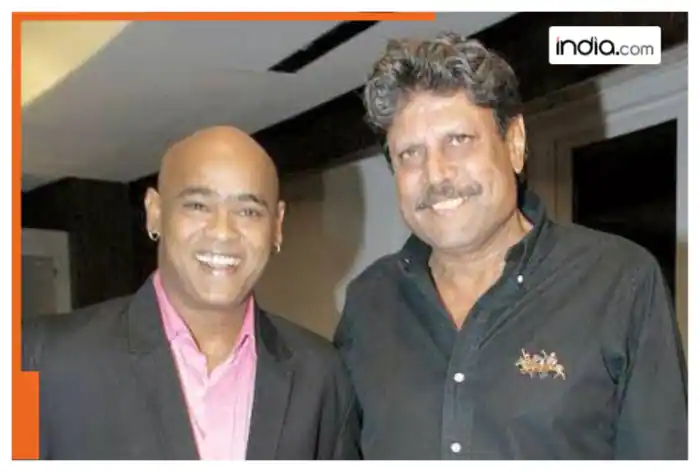
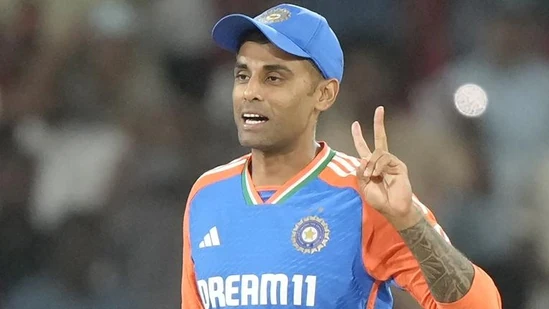
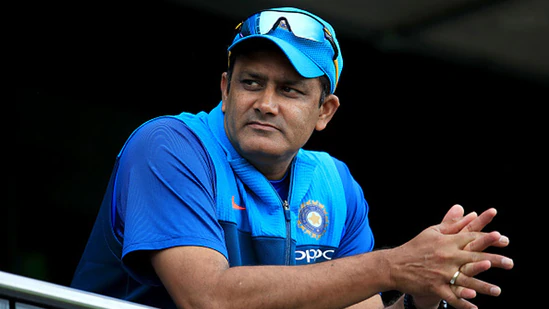
LATEST NEWS
